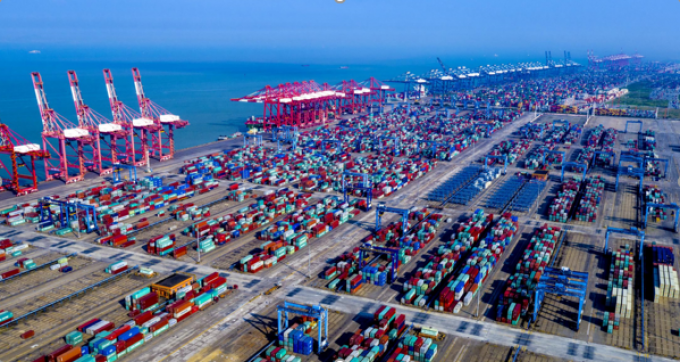South China box trades could see vessel schedule changes, post-Yantian crisis?
In the aftermath of the Yantian port congestion crisis, South China container trades could be ...

The positioning of Guangzhou’s port of Nansha in the Greater Bay Area of South China is gaining importance.
The Greater Bay Area (GBA) comprises major cities, including Guangzhou, Shenzhen and Hong Kong, nine municipalities, the Pearl River Delta and a vast developing infrastructure within the region.
While the GBA accounts for 4.5% of the Chinese population, it produces about 9.5% of the country’s GDP and is responsible for more than 16% of foreign investment and almost a quarter of China’s foreign trade.
The ...
'Disastrous' DSV-Schenker merger would 'disrupt European haulage market'
New senior management for DSV as it readies for DB Schenker takeover
Volumes set to 'fall off a cliff' as US firms hit the brakes on sourcing and bookings
Asian exporters scramble for ships and boxes to beat 90-day tariff pause
Amazon pushes into LTL for small package fulfilment and UPS does a u-turn
Temporary tariff relief brings on early transpacific peak season
Pre-tariff rush of goods from US to China sees air rates soar, but not for long
Forwarders 'allowing the fox into the chicken run' by supporting 'hungry' carriers

Comment on this article